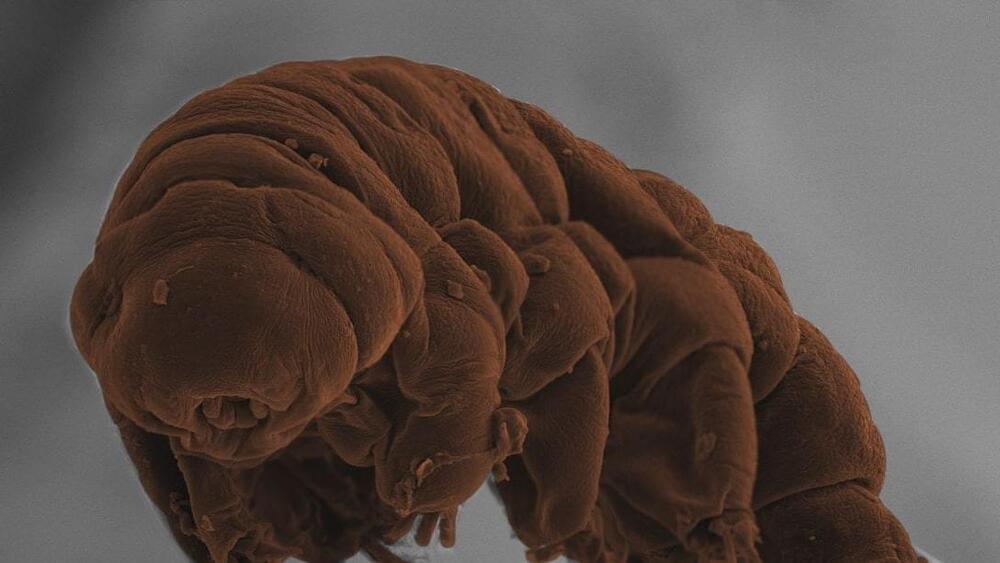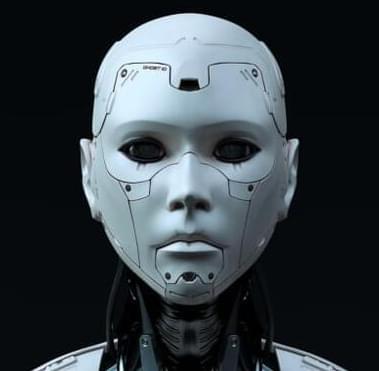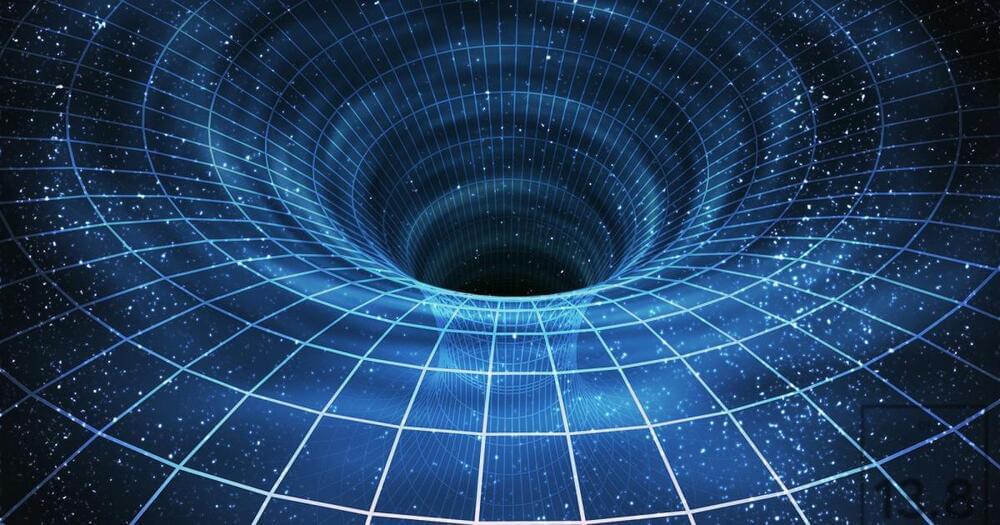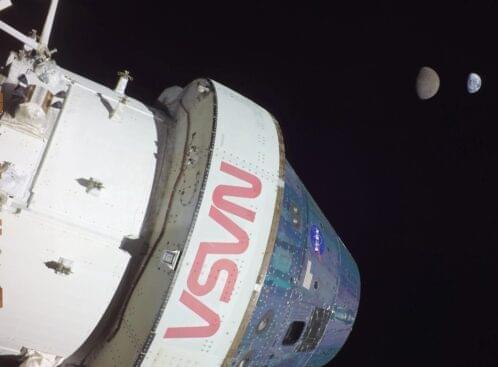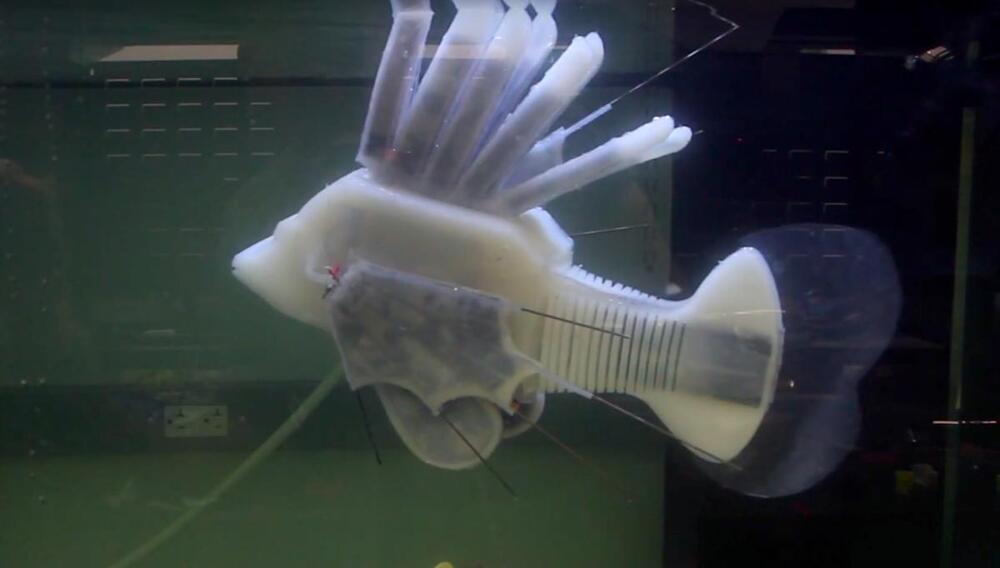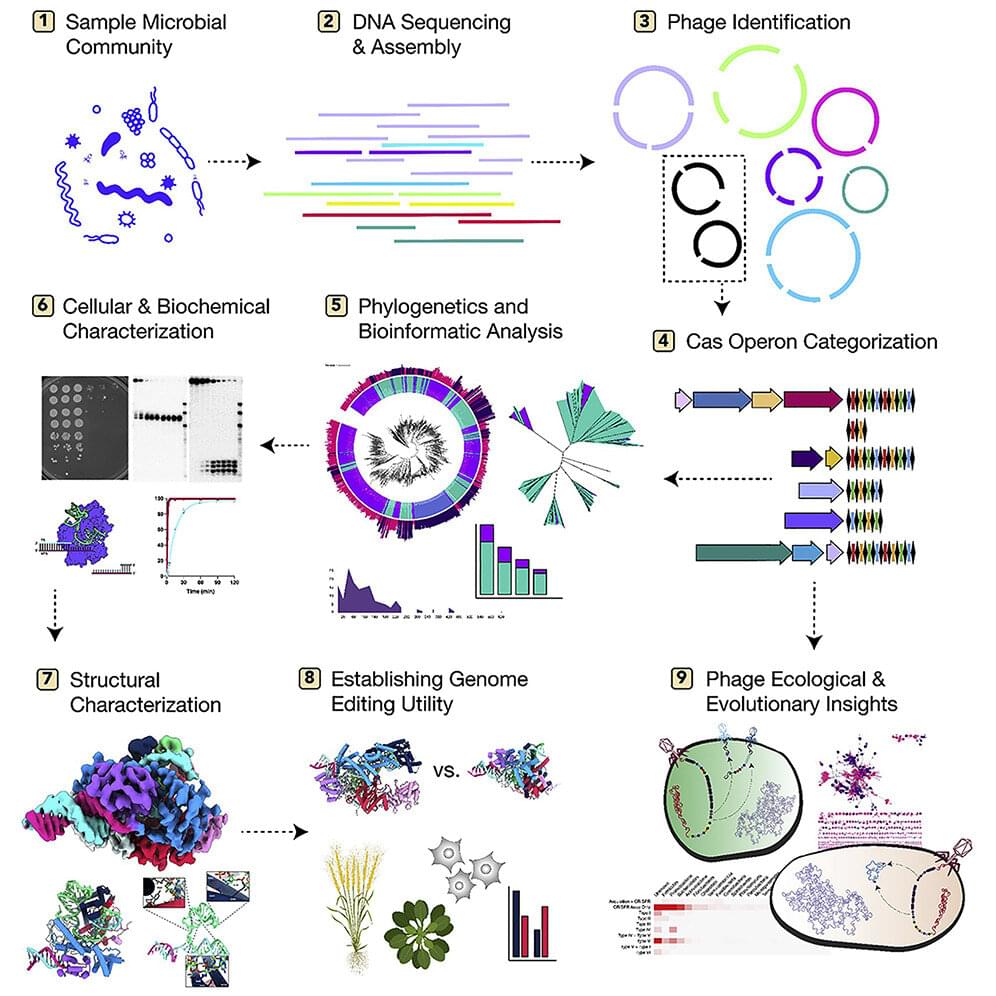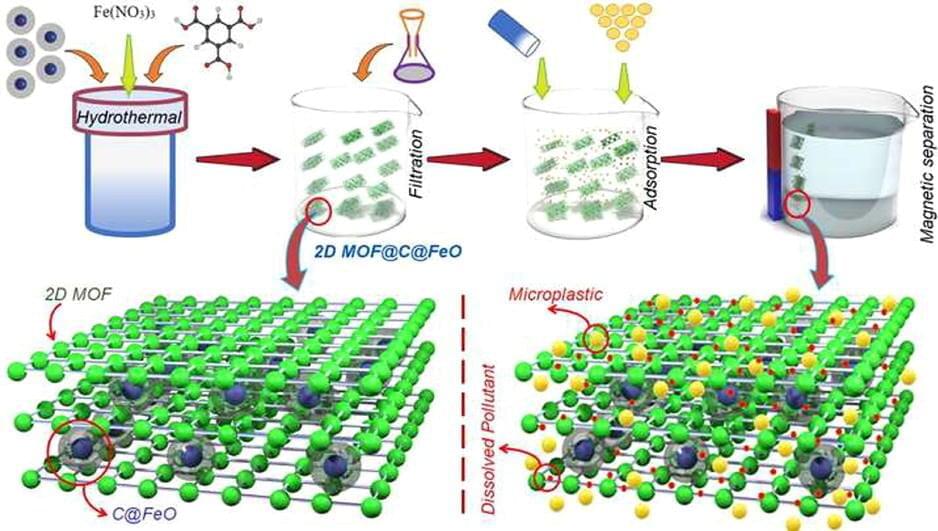He does not know what happened to his Twitter stake either.
Former FTX CEO, Sam Bankman-Fried (SBF) was living the living billionaire dream until earlier this month. Then FTX collapsed in a matter of days and the man who held a personal fortune of $26 billion at one time is now down to his last $100,000, Axios.
The rise of SBF was a textbook case of a young entrepreneur who struck gold in a field that was still in its infancy, and most knew little about it. Even today, very few really understand how the world of cryptocurrency works, and where it is headed. But one thing is for certain, SBF won’t be a name that will be featured in successful crypto stories henceforth. He was at the helm of affairs when FTX collapsed and so did billions of dollars’ worth of investor wealth.



